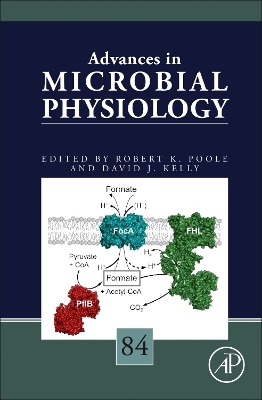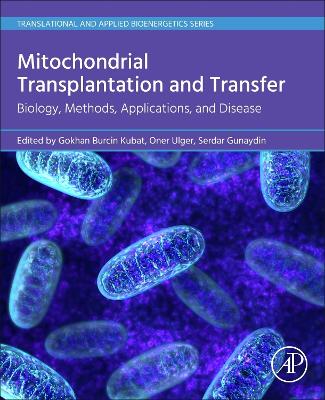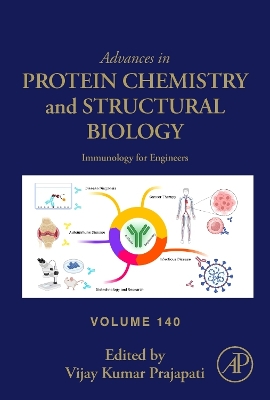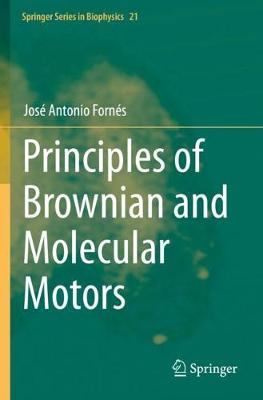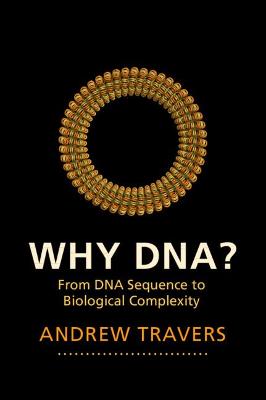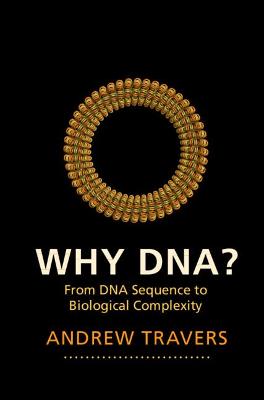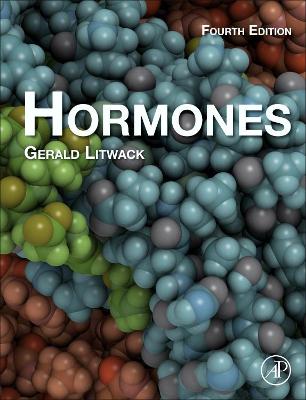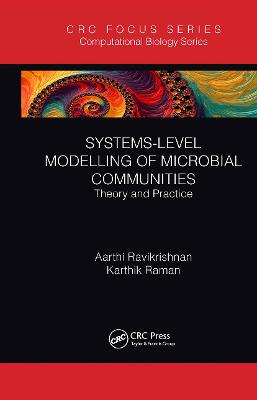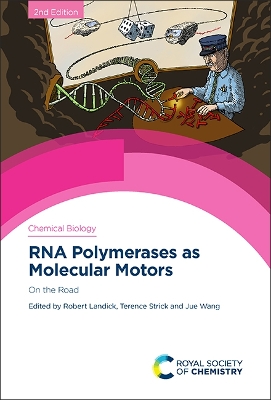Biocatalysis in Asymmetric Synthesis
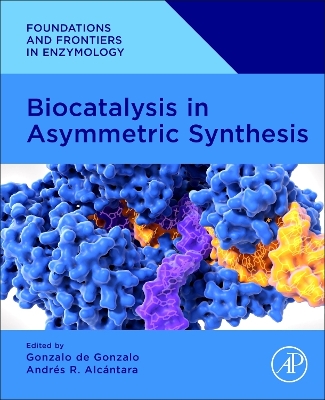 portes grátis
portes grátis
Biocatalysis in Asymmetric Synthesis
Alcantara, Andres R.; Gonzalo, Gonzalo De
Elsevier Science Publishing Co Inc
05/2024
520
Mole
Inglês
9780443190575
Pré-lançamento - envio 15 a 20 dias após a sua edição
About the editors
Preface
1. Introduction to asymmetric synthesis employing biocatalysts
Andres R. Alcantara and Gonzalo de Gonzalo
1.1 Introduction
1.2 Type of enzymatic processes for generating asymmetry
1.3 Biocatalysts preparations
1.4 Novel-to-nature enzymatic processes
1.5 Enzymes in multicatalytic systems
1.6 Outlook
References
2. Biocatalysis and Green Chemistry: assessing the greenness of enzymatic processes
Andres R. Alcantara and Pablo Dominguez de Maria
2.1 Introduction
2.2 Green Chemistry metrics
2.3 Green Chemistry in biocatalysis for practitioners: defining the boundaries of a biocatalytic reaction
2.4 Conclusions
References
3. Study of stereocontrol in enzymatic reactions using atomic models and computational methods
Daniel Platero-Rochart and Pedro A. Sanchez-Murcia
3.1 Introduction
3.2 Relevant features for stereocontrol in enzymes
3.3 Studying the stereocontrol in enzyme catalysis using atomic models
3.4 Some final considerations for a step-by-step protocol for simulation of enzyme activity
References
4. Control of the activity and enantioselectivity in biocatalyzed procedures: immobilization, medium engineering, and protein engineering
Zhongyao Tang, Fahmi Ihza Alghiffary and Tomoko Matsuda
4.1 Introduction
4.2 Immobilization of enzymes
4.3 Medium engineering
4.4 Protein engineering
4.5 Conclusions and future perspectives
References
5. Hydrolases and their application in asymmetric synthesis
Georgina Sandoval
5.1 Hydrolases
5.2 Low/nonaqueous solvents as media for asymmetric synthesis by hydrolases
5.3 Asymmetric synthesis catalyzed by key lipases
5.4 Proteases (peptidases)
5.5 Other hydrolases in asymmetric synthesis
5.6 Tools to discover and improve hydrolases
5.7 Conclusions
References
6. Biocatalysis for the selective reduction of carbonyl groups
Gonzalo de Gonzalo and Antonio Franconetti
6.1 Introduction
6.2 Examples of the application of alcohol dehydrogenases in asymmetric synthesis
6.3 Dynamic processes catalyzed by alcohol dehydrogenases
6.4 Alcohol dehydrogenases in deracemization protocols
6.5 Use of alcohol dehydrogenases in multienzymatic systems
6.6 Conclusions
References
7. Synthesis of chiral amines employing imine reductases and reductive aminases
Juan Mangas-Sanchez
7.1 Introduction
7.2 Imine reductases: structural and mechanistic aspects
7.3 Cyclic imine reductions
7.4 Imine reductase/RedAm-mediated reductive aminations
7.5 Conclusions and perspectives
References
8. Biocatalyzed CarbonCarbon bond formation in enantioselective synthesis
Daniela Gamenara and Gustavo A. Seoane
8.1 Introduction
8.2 Enzymatic aldol reactions. Enzymes involved. Classification
8.3 Synthetic applications
8.4 Perspectives and concluding remarks
References
9. Synthesis of chiral compounds through biooxidations
Caterina Martin, Hugo L. van Beek, Ivana Maric, Gonzalo de Gonzalo and Nikola Loncar ?
9.1 Introduction
9.2 Dehydrogenases
9.3 Oxidases
9.4 Peroxidases
9.5 Monooxygenases
9.6 Peroxygenases
9.7 Conclusion and perspectives
References
10. Asymmetric biocatalysis in nonconventional media: neat conditions, eutectic solvents, and supercritical conditions
Ningning Zhang and Selin Kara
10.1 Introduction
10.2 Neat conditions
10.3 Eutectic solvents
10.4 Supercritical conditions
10.5 Summary and perspectives
References
11. Multienzyme-catalyzed processes in asymmetric synthesis: state of the art and future trends
Eduardo Macedo de Melo, Christiane Claassen, William Finnigan, Rodrigo O.M.A. de Souza and Doerte Rother
11.1 Introduction
11.2 Process design and optimization
11.3 Recent developments and future trends
11.4 Summary
References
12. Development of asymmetric biotransformations: flow biocatalysis, photobiocatalysis, and microwave biocatalysis
Lucia Tamborini, Francesco Molinari and Andrea Pinto
12.1 Introduction
12.2 Flow biocatalysis
12.3 Photobiocatalysis
12.4 Microwave biocatalysis
12.5 Conclusions
References
13. Industrial asymmetric biocatalysis
Roland Wohlgemuth
13.1 Introduction
13.2 Asymmetric biocatalysis in manufacturing chiral intermediates and building blocks
13.3 Asymmetric biocatalysis in manufacturing chiral pharmaceutical intermediates and active pharmaceutical ingredients
13.4 Biocatalytic synthesis of chiral metabolites
13.5 Biocatalytic synthesis of chiral flavor ingredients
13.6 Biocatalytic synthesis of chiral fragrance ingredients
13.7 Biocatalytic synthesis of chiral cosmetic ingredients
13.8 Biocatalytic synthesis of chiral agrochemicals
13.9 Asymmetric biocatalysis in manufacturing chiral monomers
13.10 Biocatalytic synthesis of chiral oligomers and polymers
13.11 Conclusions
References
14. Patents based on biocatalytic methods for the synthesis of valuable chiral compounds
Nadia Guajardo
14.1 Motivation for the biocatalytic synthesis of chiral compounds
14.2 Methodologies for the synthesis of chiral compound employing wild-type enzymes
14.3 Patented methodologies for the synthesis of chiral compounds employing modified enzymes
14.4 Concluding remarks
References
Index
About the editors
Preface
1. Introduction to asymmetric synthesis employing biocatalysts
Andres R. Alcantara and Gonzalo de Gonzalo
1.1 Introduction
1.2 Type of enzymatic processes for generating asymmetry
1.3 Biocatalysts preparations
1.4 Novel-to-nature enzymatic processes
1.5 Enzymes in multicatalytic systems
1.6 Outlook
References
2. Biocatalysis and Green Chemistry: assessing the greenness of enzymatic processes
Andres R. Alcantara and Pablo Dominguez de Maria
2.1 Introduction
2.2 Green Chemistry metrics
2.3 Green Chemistry in biocatalysis for practitioners: defining the boundaries of a biocatalytic reaction
2.4 Conclusions
References
3. Study of stereocontrol in enzymatic reactions using atomic models and computational methods
Daniel Platero-Rochart and Pedro A. Sanchez-Murcia
3.1 Introduction
3.2 Relevant features for stereocontrol in enzymes
3.3 Studying the stereocontrol in enzyme catalysis using atomic models
3.4 Some final considerations for a step-by-step protocol for simulation of enzyme activity
References
4. Control of the activity and enantioselectivity in biocatalyzed procedures: immobilization, medium engineering, and protein engineering
Zhongyao Tang, Fahmi Ihza Alghiffary and Tomoko Matsuda
4.1 Introduction
4.2 Immobilization of enzymes
4.3 Medium engineering
4.4 Protein engineering
4.5 Conclusions and future perspectives
References
5. Hydrolases and their application in asymmetric synthesis
Georgina Sandoval
5.1 Hydrolases
5.2 Low/nonaqueous solvents as media for asymmetric synthesis by hydrolases
5.3 Asymmetric synthesis catalyzed by key lipases
5.4 Proteases (peptidases)
5.5 Other hydrolases in asymmetric synthesis
5.6 Tools to discover and improve hydrolases
5.7 Conclusions
References
6. Biocatalysis for the selective reduction of carbonyl groups
Gonzalo de Gonzalo and Antonio Franconetti
6.1 Introduction
6.2 Examples of the application of alcohol dehydrogenases in asymmetric synthesis
6.3 Dynamic processes catalyzed by alcohol dehydrogenases
6.4 Alcohol dehydrogenases in deracemization protocols
6.5 Use of alcohol dehydrogenases in multienzymatic systems
6.6 Conclusions
References
7. Synthesis of chiral amines employing imine reductases and reductive aminases
Juan Mangas-Sanchez
7.1 Introduction
7.2 Imine reductases: structural and mechanistic aspects
7.3 Cyclic imine reductions
7.4 Imine reductase/RedAm-mediated reductive aminations
7.5 Conclusions and perspectives
References
8. Biocatalyzed CarbonCarbon bond formation in enantioselective synthesis
Daniela Gamenara and Gustavo A. Seoane
8.1 Introduction
8.2 Enzymatic aldol reactions. Enzymes involved. Classification
8.3 Synthetic applications
8.4 Perspectives and concluding remarks
References
9. Synthesis of chiral compounds through biooxidations
Caterina Martin, Hugo L. van Beek, Ivana Maric, Gonzalo de Gonzalo and Nikola Loncar ?
9.1 Introduction
9.2 Dehydrogenases
9.3 Oxidases
9.4 Peroxidases
9.5 Monooxygenases
9.6 Peroxygenases
9.7 Conclusion and perspectives
References
10. Asymmetric biocatalysis in nonconventional media: neat conditions, eutectic solvents, and supercritical conditions
Ningning Zhang and Selin Kara
10.1 Introduction
10.2 Neat conditions
10.3 Eutectic solvents
10.4 Supercritical conditions
10.5 Summary and perspectives
References
11. Multienzyme-catalyzed processes in asymmetric synthesis: state of the art and future trends
Eduardo Macedo de Melo, Christiane Claassen, William Finnigan, Rodrigo O.M.A. de Souza and Doerte Rother
11.1 Introduction
11.2 Process design and optimization
11.3 Recent developments and future trends
11.4 Summary
References
12. Development of asymmetric biotransformations: flow biocatalysis, photobiocatalysis, and microwave biocatalysis
Lucia Tamborini, Francesco Molinari and Andrea Pinto
12.1 Introduction
12.2 Flow biocatalysis
12.3 Photobiocatalysis
12.4 Microwave biocatalysis
12.5 Conclusions
References
13. Industrial asymmetric biocatalysis
Roland Wohlgemuth
13.1 Introduction
13.2 Asymmetric biocatalysis in manufacturing chiral intermediates and building blocks
13.3 Asymmetric biocatalysis in manufacturing chiral pharmaceutical intermediates and active pharmaceutical ingredients
13.4 Biocatalytic synthesis of chiral metabolites
13.5 Biocatalytic synthesis of chiral flavor ingredients
13.6 Biocatalytic synthesis of chiral fragrance ingredients
13.7 Biocatalytic synthesis of chiral cosmetic ingredients
13.8 Biocatalytic synthesis of chiral agrochemicals
13.9 Asymmetric biocatalysis in manufacturing chiral monomers
13.10 Biocatalytic synthesis of chiral oligomers and polymers
13.11 Conclusions
References
14. Patents based on biocatalytic methods for the synthesis of valuable chiral compounds
Nadia Guajardo
14.1 Motivation for the biocatalytic synthesis of chiral compounds
14.2 Methodologies for the synthesis of chiral compound employing wild-type enzymes
14.3 Patented methodologies for the synthesis of chiral compounds employing modified enzymes
14.4 Concluding remarks
References
Index


